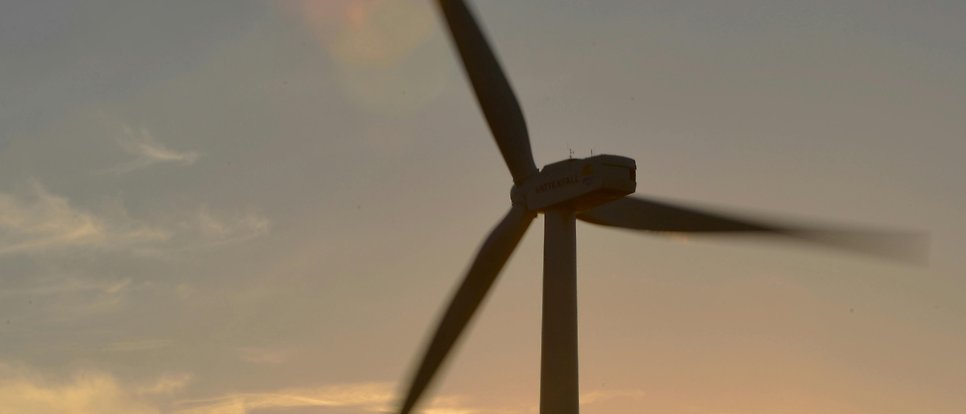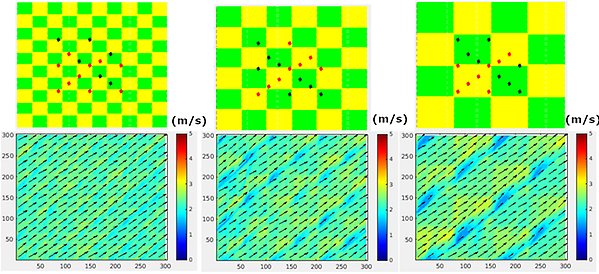Large eddy simulation

Understanding small-scale movements in the atmosphere is important for improving weather forecasts or simulating how the wind moves around wind turbines. In Uppsala we use Large Eddy Simulation (LES) techniques to investigate e.g. icing of wind turbines and to understand the details of the atmospheric boundary layer over the ocean and the impact of ocean waves.
Our Research
Large eddy simulation (LES) is a numerical technique solving the Navier-Stokes equations on high-resolution, such that the energy containing range of turbulence and eddy motions are resolved and the smallest eddies or subgrid scale processes are treated with parameterizations. The high Reynolds number of the atmosphere makes large eddy simulation an attractive numerical tool to investigate turbulence processes at higher spatial and temporal resolution compared to other modeling tools. Detailed studies of turbulence processes using both numerical simulation and measurements can be used to formulate parameterizations that can be used in climate and weather forecast models, which typically use coarser resolution that does not resolve turbulence.
Mesoscale numerical weather prediction models rely on parameterizations of subgrid scale processes. One example of such processes are the complex boundary layer interactions that affect the development and evolution of low-level icing events that impact wind farms in cold climates. One of the many unknowns in this problem is the impact of land cover heterogeneity on these events. Large eddy simulations are a valuable tool that can be used to estimate the response of local and non-local atmospheric variables that affect wind turbine icing—for example, wind speed and temperature—to land surface heterogeneity.
Atmospheric boundary layers have been studied since the 1970’s by the atmospheric scientific community by using large eddy simulations, but only more recently have important further development taken place to be able to study marine atmospheric boundary layers influenced by ocean surface waves using numerical simulations. Through international research collaborations a diverse set of research topics is pursued by the Meteorology group in Uppsala including diurnal and non-stationarity effects on turbulence, effects from idealized ocean waves, atmospheric stratification, icing on wind turbines and effects of land surface heterogeneity.

Figure 1: Using the Mesoscale Non-Hydrostatic model (Meso-NH) developed by Laboratoire d'Aérologie and CNRS/Météo-France, a series of large eddy simulations were run with the same fraction of tree cover and initial conditions, with only the heterogeneity—or “patchiness”—of the forests differing according to the chessboard patterns in the top row of images. The green patches indicate forested land and yellow patches indicate mostly bare land with low vegetation. Red and dark green dots indicate the location of virtual towers located over low vegetation or forest, respectively. The bottom row of images show average 10 meter wind speeds (color-filled contours, m/s) and wind velocity vectors after 12 hours of simulation with different patterns of tree cover within a 6 km x 6 km domain. One can see that local wind speeds are impacted as a response to the different patterns of forest cover. This research will be extended to examine the impacts of the representation of land cover heterogeneity on forecasts of icing conditions on wind turbines.
